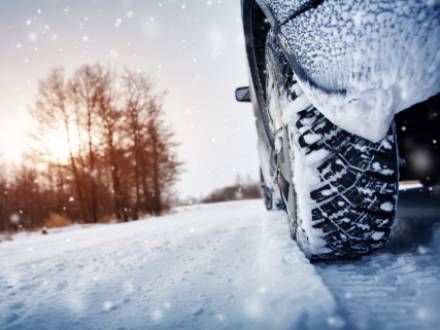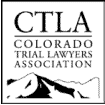How Colorado’s Traction Law Affects Car Accident Claims
 Colorado roads can be treacherous, especially in the mountains or during the winter months. To make the roads safer, the state passed the Traction Law. Violating the Traction Law can affect more than the driver’s safety. It can also change how fault is determined after a crash. If you were hurt in a winter accident, our experienced Denver, CO car accident lawyers can help you understand your rights and protect your claim.
Colorado roads can be treacherous, especially in the mountains or during the winter months. To make the roads safer, the state passed the Traction Law. Violating the Traction Law can affect more than the driver’s safety. It can also change how fault is determined after a crash. If you were hurt in a winter accident, our experienced Denver, CO car accident lawyers can help you understand your rights and protect your claim.
What Is Colorado’s Traction Law?
Colorado’s Traction Law requires drivers to have appropriate tires or traction equipment when roads are slick. The Colorado Department of Transportation (CDOT) implements this law when snow, ice, or slush make driving dangerous.
Under C.R.S. § 42-4-106, drivers must obey CDOT traction restrictions when they are activated during winter conditions. When the law is active, vehicles must have one of the following:
-
Snow, winter, or all-weather tires with a tread depth of at least 3/16 inch
-
Four-wheel or all-wheel drive capability
-
Approved tire chains or traction devices
What Happens if Someone Violates the Traction Law?
Breaking the Traction Law can lead to tickets and higher financial consequences. Drivers who cause an accident or block traffic by failing to use proper tires or chains can face fines of several hundred dollars.
The police report from the accident may also note the violation. When that happens, insurance companies and courts can use it as proof that the driver did not drive responsibly. Even if snow or ice contributed to the crash, ignoring the traction requirement shows a failure to take reasonable precautions. That detail can become important later when fault is determined for a car accident claim.
How Does Violating Colorado’s Traction Law Affect a Car Accident Claim?
Colorado uses a fault-based system for car accidents. This means the driver who causes the crash is responsible for paying damages through their insurance company. The injured person has the right to file a claim with the at-fault driver’s insurer, or they can take the case to court if the insurance company does not offer a fair settlement. Because fault determines who pays, any traffic violation, such as breaking the Traction Law, can strongly influence how your case is decided.
In addition, Colorado follows a comparative negligence rule under C.R.S. § 13-21-111. This law governs cases where fault is shared between drivers. It bases the amount of recoverable compensation on your level of responsibility. If you are more than 50 percent at fault, you cannot recover any compensation. If you are less than 50 percent at fault, your award is reduced by your percentage of fault.
For example, if another driver hits you but you did not have the necessary snow tires, the court may decide you are 30 percent at fault. If your damages total $100,000, your recovery would be reduced to $70,000.
Colorado expects drivers to adjust their equipment and driving behavior to match winter conditions, so traction violations can serve as strong evidence of negligence.
Schedule Your Free Consultation With Our Denver, CO Car Accident Attorneys
When drivers ignore traction requirements, they put everyone on the road at risk. If you were injured in a crash during a Traction Law period, our Denver, CO car accident lawyers can help. At The Gold Law Firm, we understand how state laws, weather conditions, and insurance rules affect your case. Our firm has secured over $100 million in verdicts and settlements for our clients because we are dedicated to getting results for people in need.
Contact us today at 303-694-4653 to schedule your free consultation and find out how we can help you get the compensation you deserve.




 SUPPORT UKRAINE
SUPPORT UKRAINE
 303-694-4653
303-694-4653










